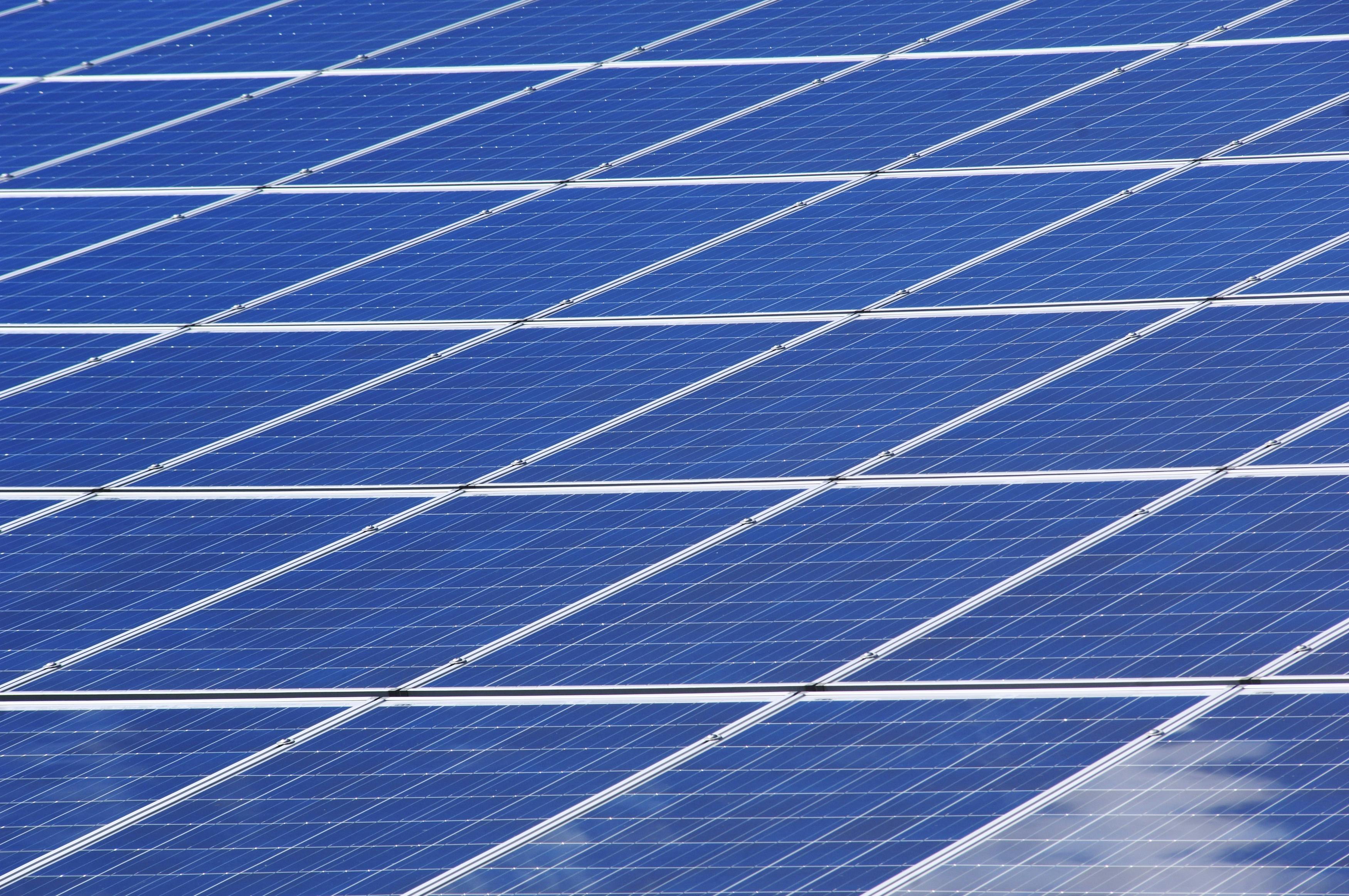Solar Panels 2025: Discover Energy Efficiency Across U.S. Homes
In 2025, solar panels are redefining how U.S. homes manage energy. With smarter technology, improved materials, and greater efficiency, homeowners are seeing the benefits of cleaner power and sustainable living. Discover how innovation in solar energy is shaping modern households and influencing the nation’s shift toward smarter energy use.

Solar energy adoption in American homes has reached unprecedented levels, driven by technological advances and growing awareness of sustainable living practices. The residential solar market continues to expand as homeowners seek ways to reduce electricity costs while contributing to environmental conservation efforts.
Solar Energy Efficiency Trends Shaping 2025
Current solar energy efficiency trends reveal significant improvements in panel performance and system integration. Modern photovoltaic cells now achieve conversion rates exceeding 22% in residential applications, compared to 15% efficiency rates from panels manufactured just five years ago. Bifacial solar panels, which capture sunlight from both sides, have gained popularity for their ability to generate up to 30% more energy than traditional single-sided panels. Smart inverters with advanced monitoring capabilities allow homeowners to track energy production in real-time and optimize system performance based on weather patterns and household consumption habits.
Solar Panel Innovations Transforming the U.S. Market
Recent solar panel innovations have revolutionized installation options and aesthetic appeal for American homeowners. Thin-film solar technology offers flexible installation possibilities on curved or irregular roof surfaces, while building-integrated photovoltaics seamlessly blend with architectural designs. Perovskite-silicon tandem cells represent the next generation of high-efficiency panels, promising even greater energy output in smaller footprints. Microinverters attached to individual panels have replaced centralized inverter systems in many installations, reducing the impact of shading and improving overall system reliability.
How Homeowners Benefit from Solar Power
Homeowners experience multiple advantages when transitioning to solar energy systems. Monthly electricity bill reductions typically range from 50% to 90%, depending on system size and local energy consumption patterns. Federal tax credits currently provide 30% of installation costs back to homeowners, while many states offer additional rebates and incentives. Net metering programs allow excess energy production to be sold back to utility companies, creating potential income streams during peak generation periods. Property values often increase by approximately 4% when solar systems are professionally installed, according to real estate market analyses.
The Rise of Sustainable Home Technology
Sustainable home technology integration extends beyond solar panels to include comprehensive energy management systems. Smart thermostats, LED lighting, and energy-efficient appliances work synergistically with solar installations to maximize energy savings. Battery storage systems, such as Tesla Powerwall and Enphase Encharge, enable homeowners to store excess solar energy for use during evening hours or power outages. Home energy monitoring apps provide detailed insights into consumption patterns, helping families identify additional opportunities for efficiency improvements and cost savings.
Future of Energy-Efficient Living
The future of energy-efficient living encompasses interconnected smart home ecosystems that automatically optimize energy usage based on solar production, weather forecasts, and household routines. Vehicle-to-home technology will allow electric cars to serve as mobile energy storage units, further expanding the versatility of residential solar systems. Community solar programs are emerging as alternatives for renters and homeowners with unsuitable roof conditions, enabling participation in solar energy benefits without direct installation requirements.
| Provider | System Size | Cost Estimation |
|---|---|---|
| SunPower | 6kW Residential | $15,000-$18,000 |
| Tesla Solar | 8kW Residential | $16,000-$20,000 |
| Vivint Solar | 7kW Residential | $14,000-$17,500 |
| Sunrun | 6.5kW Residential | $13,500-$16,800 |
Prices, rates, or cost estimates mentioned in this article are based on the latest available information but may change over time. Independent research is advised before making financial decisions.
Solar energy represents a practical solution for American homeowners seeking to reduce energy costs while supporting environmental sustainability. The combination of improved technology, favorable financing options, and long-term economic benefits makes residential solar systems an increasingly attractive investment. As the industry continues to innovate and expand, solar power will likely become an integral component of energy-efficient home design across the United States.




